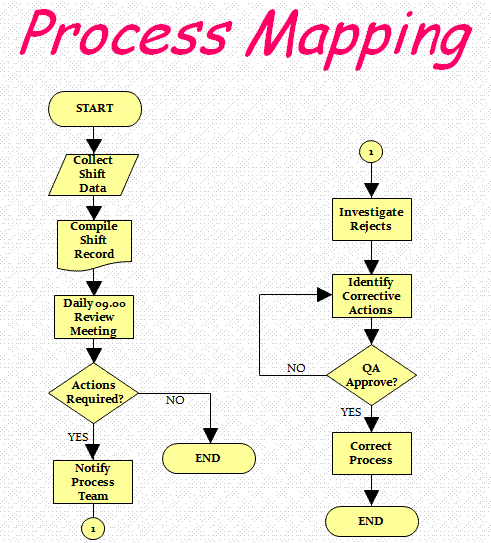Putting people
first at a company, what I call being People-Centric, promotes the sharing of
ideas, suggestions and improvements. People are at the core of every
organization, and an organization’s employees – its people – are the most
important investment it will make. Even as technology advances and capital
shifts, it is the leadership and personal contributions of the individual
employees who comprise an organization’s workforce that ultimately set it apart
from competitors.
Companies that
reap the benefits of an engaged workforce understand that people are their
greatest asset. Great workplaces foster an environment of communication,
fairness, respect, and trust - while creating opportunities for people to grow
as employees, and as individuals. A work environment in which people feel
valued, heard and a sense of camaraderie is critical to employee engagement.
Here are 5 ways
to create a people centric culture:
1. Communication
is the key to empowerment.
Give every
employee equal and direct access to information. Many companies have developed
a trickle-down style of communication that alienates those employees who may
not be "in the loop." The more informed employees are and the more
communication is open, honest, direct and complete, the more likely employees
are to feel empowered and connected to the daily operations and overall goals
of their company.
2. Allow
employees to suggest better ways of getting their jobs done.
Ask for
employee suggestions for other ways of getting the task or project
accomplished. Listen and be willing to really hear the employees' comments.
Employees hate to have no input and be told exactly how to perform their jobs,
leaving no creativity.
3. Show you
have trust in your employees.
Allow them to
make mistakes as a form of learning. Show that it is really OK to make
mistakes. Trust that people have the right intentions and will make the right
decisions, even if they are different than your own. Let them know you really
support their decisions.
4. Encourage
and reward improvement and innovation.
Employees may
be afraid to offer insight and new ways of doing things because the company
culture doesn't support them. If you really want to empower employees, you'll
need to create a company culture that encourages and rewards innovation. You
may start by asking individuals to look for ways to improve efficiency, output,
safety, etc. in the tasks they perform every day.
5. Create a learning
environment.
Learning is the
key to success—some would even say survival—in today’s organizations. Knowledge
should be continuously enriched through both internal and external learning. Developing
your people shows respect for them.
Building explicit (book) and tacit (hands on) knowledge and distributing
it is equally important.
Asking people
to improve their work and giving them the tools to do it (e.g. Kaizen) shows
the ultimate form of respect in my opinion. In other words management is saying
that we trust and expect that you will take a hand in making things better in
order to ensure our survival. The implied message is one of mutual trust and
respect.













